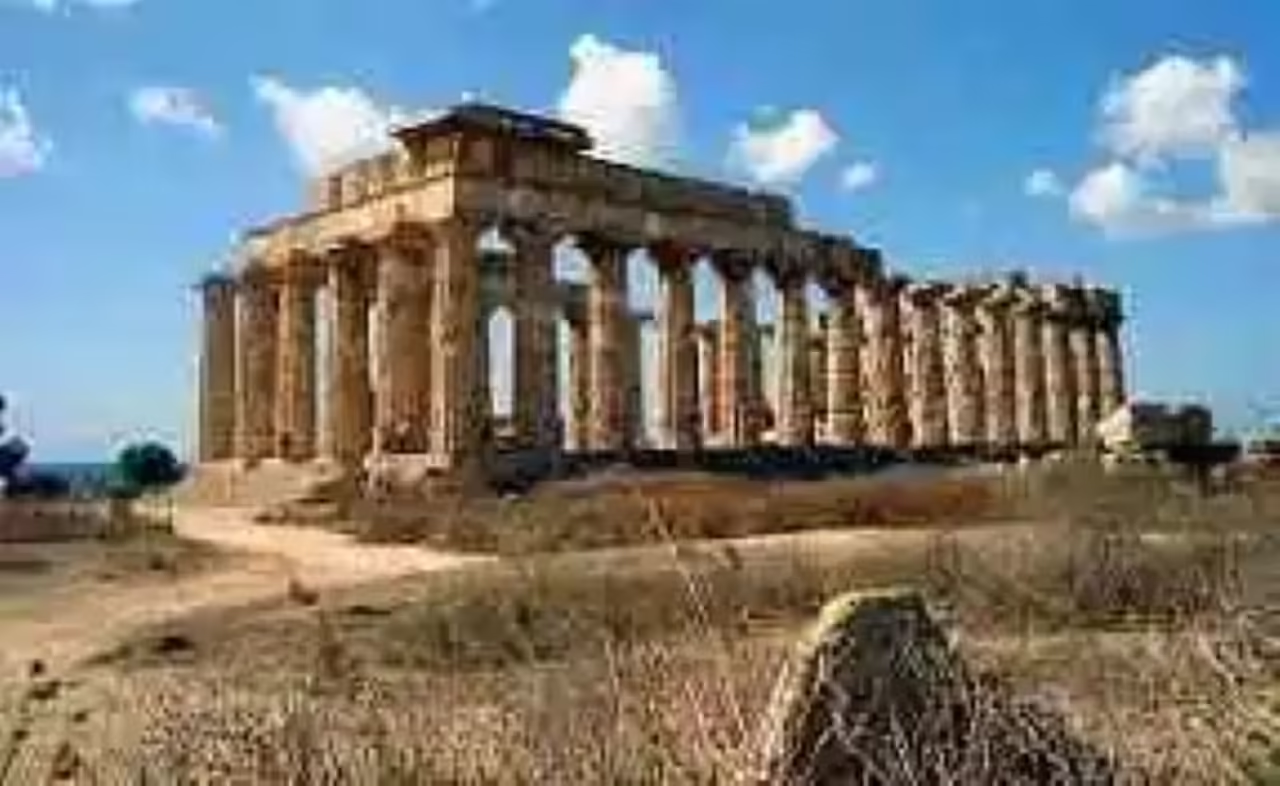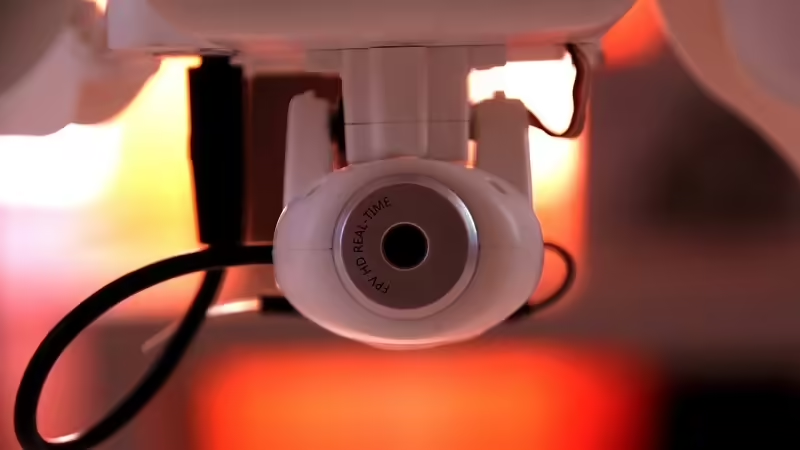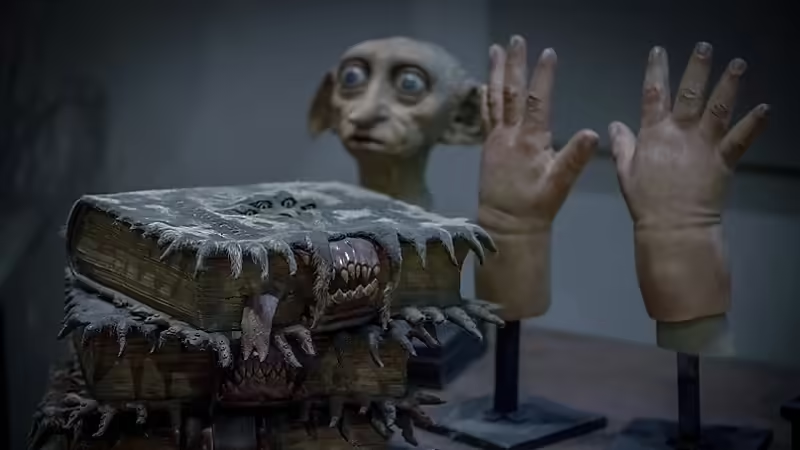
The Parthenon, the most famous Greek temple in history, is located on the Acropolis of Athens and dedicated to Athena Parthenos, goddess protector of the city.
Its ruins are well known all over the world, but who wouldn’t like to see it as it was originally?
Well, this is possible, even if you have to travel to Nashville, USA.
Centennial Park in Nashville, Tennessee was built in 1897 as part of the Tennessee Centennial Exposition. It is a full-scale replica of what the original Parthenon located on the Acropolis in Athens was supposed to look like, and was built to be the centerpiece of that year’s fair along with other buildings, also based on ancient originals such as the pyramids of Egypt.
This first version of the building was constructed of plaster, wood and brick since, initially, the building was to be dismantled once the exhibition was over, as was the case with the other buildings in the Centennial Park. However, the construction was so well liked for its realism that the city of Nashville decided to keep it.
The problem was that the construction was not sturdy enough, and in 1920 the monument was demolished, and a second version was built in the place it used to occupy, built with concrete much more stable and faithful to the original Parthenon.
This second version involved numerous specialists who studied the Parthenon of the Acropolis and the Egin marbles, which are currently in the British Museum, making plaster reproductions of them that are molds of the original sculptures that adorned the Athenian Parthenon, which date back to 438 BC. In addition, the monument has a polychrome decoration equal to that which in theory possessed the original.
The reconstruction of the statue of Athena created in 1990 by Alan Lequire is the center of the Parthenon in imitation of the one that must have been in the original, which was created by the Greek sculptor Phidias. It has a height of about 13 meters and is covered with 23 carat gold. The sculpture shows the goddess Athena dressed in armor and helmet, with a shield on her left arm, a small statue of victory in her right hand and a colossal snake rising between the goddess and her shield.
The sculpture, which was not originally gilded, was covered with 23.75 carat gold in 2002. It is also considered the largest indoor sculpture in the western world.
Today, this particular reproduction of the most beautiful classical temple also serves as a venue for exhibitions.
A little history of the original Parthenon
The Parthenon is the most important monument of ancient Greek civilization and is considered one of the most beautiful architectural works of mankind, as well as for representing in architecture an almost perfect union of mathematics and geometry, achieving that when looking straight ahead at such an immense building for the time, it was not visually deformed, creating the perfect visual effect.
It replaced an earlier temple on the same site, known as the Pre-Partenon (Hecatonpedon, which measured more than 30 meters), built before the Medical Wars, and destroyed by the Persians around 480-479 BC.
The construction of the monument, made almost exclusively of white Pentelic marble, was initiated by Pericles and took place between 447 and 432 BC. The architects in charge of the work were Ictinus and Callicrates and were, in most cases directed and collaborating with the famous Athenian sculptor Phidias, author of the sculptural decoration and the great statue of Athena in gold and ivory (located as the centerpiece of the temple that measured 12 meters high and its elaboration required 1,200 kilograms of gold).
The western façade of the Parthenon is relatively intact. The sculptural decoration of the Parthenon is a unique combination of the metopes (sculpted in bas-relief extending along the four outer sides of the temple), the tympani (filling the triangular spaces of each pediment) and the frieze (sculpted in high relief covering the four inner sides).
The metopes depicted the gigantomachy on the east side, the amazonomachy on the west, the centauromaquia on the south, and scenes from the Trojan War on the north. Each tympanum of the temple had a mythological scene: on the east, over the main entrance of the building, the birth of Athena, and on the west, the struggle between Athena and Poseidon for the patronage of the city of Athens.
The frieze was the representation of the Panathenaean procession, the most important religious festival of ancient Athens. The scene runs along the four sides of the building and includes figures of gods, beasts and about 360 human beings.
The eastern cella (inner chamber) was dedicated to Athena Polias (protector of the city), and the western cella was dedicated to Athena Pythenos, “the virgin”, which is why the whole building became known as the Parthenon. The various parts of the temple were painted in bright colors.
It was converted into a Byzantine church
The Parthenon retained its religious character in the following centuries and was converted into a Byzantine church, a Latin church and a Muslim mosque. But in 1687, the Turks used it as a gunpowder depot during the Venetian siege, under the command of Admiral Morosini.
One of the Venetian bombs fell on the Parthenon and caused a huge explosion that destroyed much of the building preserved in good condition until then.
Unfortunately, its destruction did not end there, but in the early nineteenth century when the British ambassador in Constantinople, Mr. Elgin decided to remove most of the sculptural decoration of the monument (friezes, metopes, pediments), move them to England and sell them to the British Museum, where they are still exhibited, being one of the most significant collections of the museum today and still claimed by the city of Athens.
Fortunately today we can take this little trip back in time if one day we go to Tennessee to imagine what this classical marvel was like.







